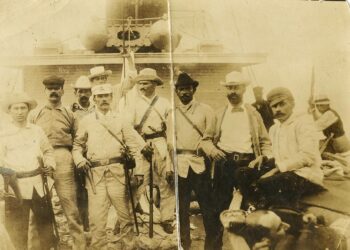“The woodcutter” is how people are referring to Hurricane Sandy since it swept across the eastern region of the country, from south to north, resulting in 11 deaths and damaging or destroying the homes of tens of thousands of people.
Landscaping that was not designed for the city, the poor state of 43 percent of housing, and numerous homes with light roofs were “fodder” for the hurricane’s 110 mph winds in Santiago de Cuba, the country’s second-largest city.
Neighboring areas also received the violent impact of the storm, which in the early morning of Oct. 25 battered the region, the hardest hit, for four hours.
In Santiago de Cuba province, Sandy killed 9 people (two more died in neighboring Guantánamo); partially or totally damaged more than 130,000 homes; put the electricity and telephone grids almost completely out of services, and seriously damaged stores, factories, warehouses and other facilities.
In addition to its unusual trajectory, noted by experienced meteorologists, Sandy did not diminish in strength when it made landfall and swept across the widest part of Cuba, exiting through the northern region of Holguín province, where it also did serious damage to towns that were devastated by powerful hurricanes just four years ago.









